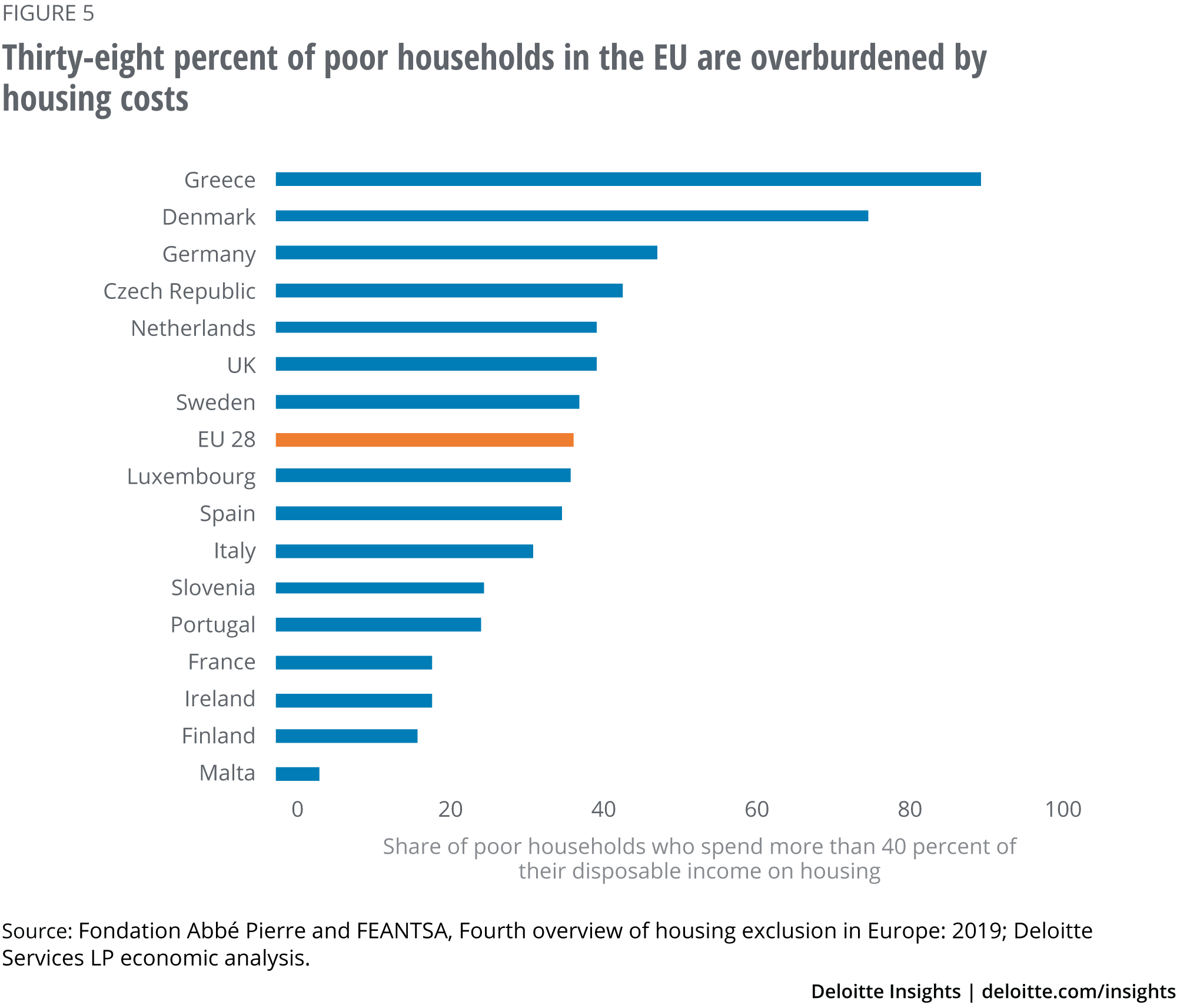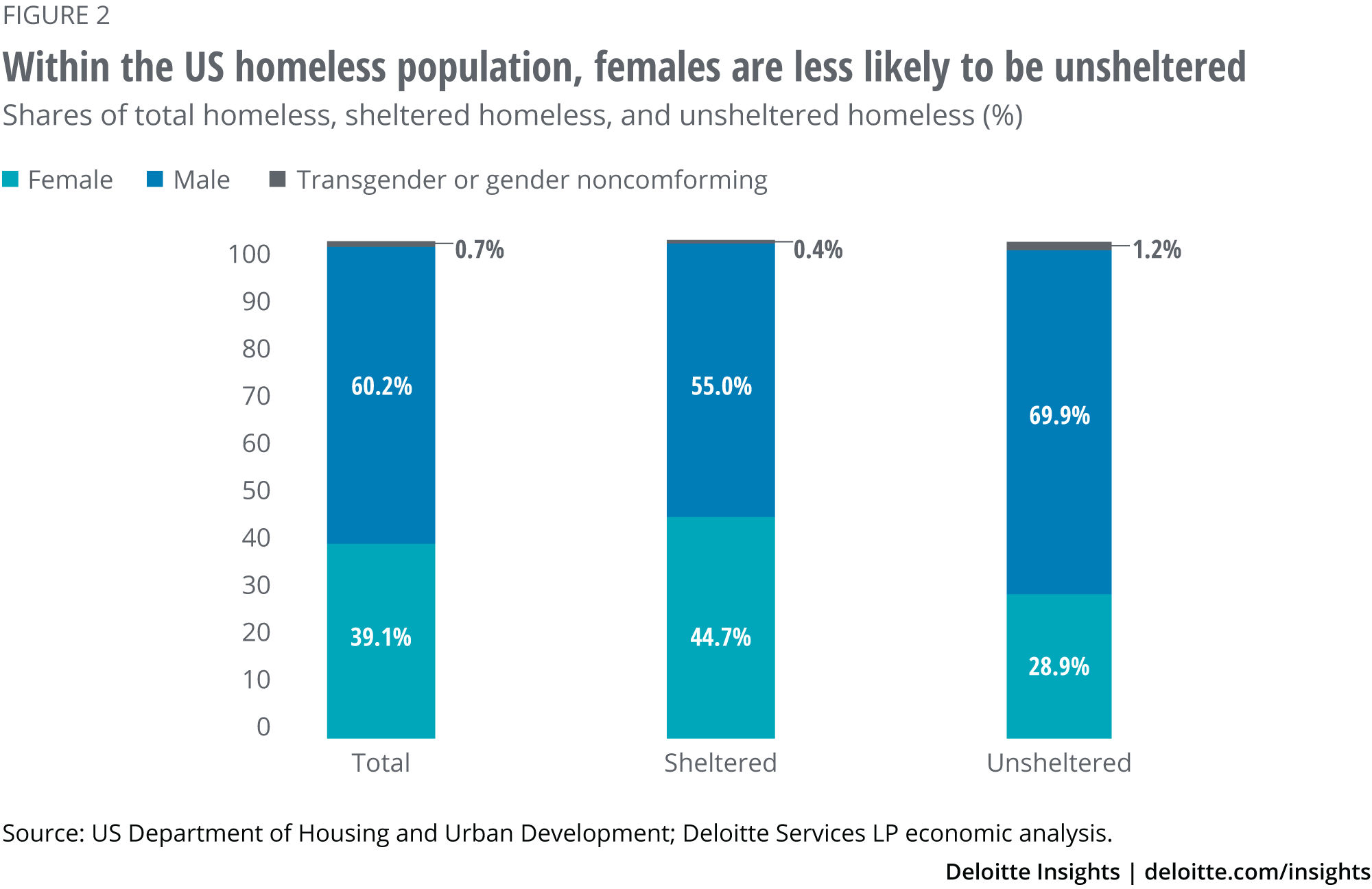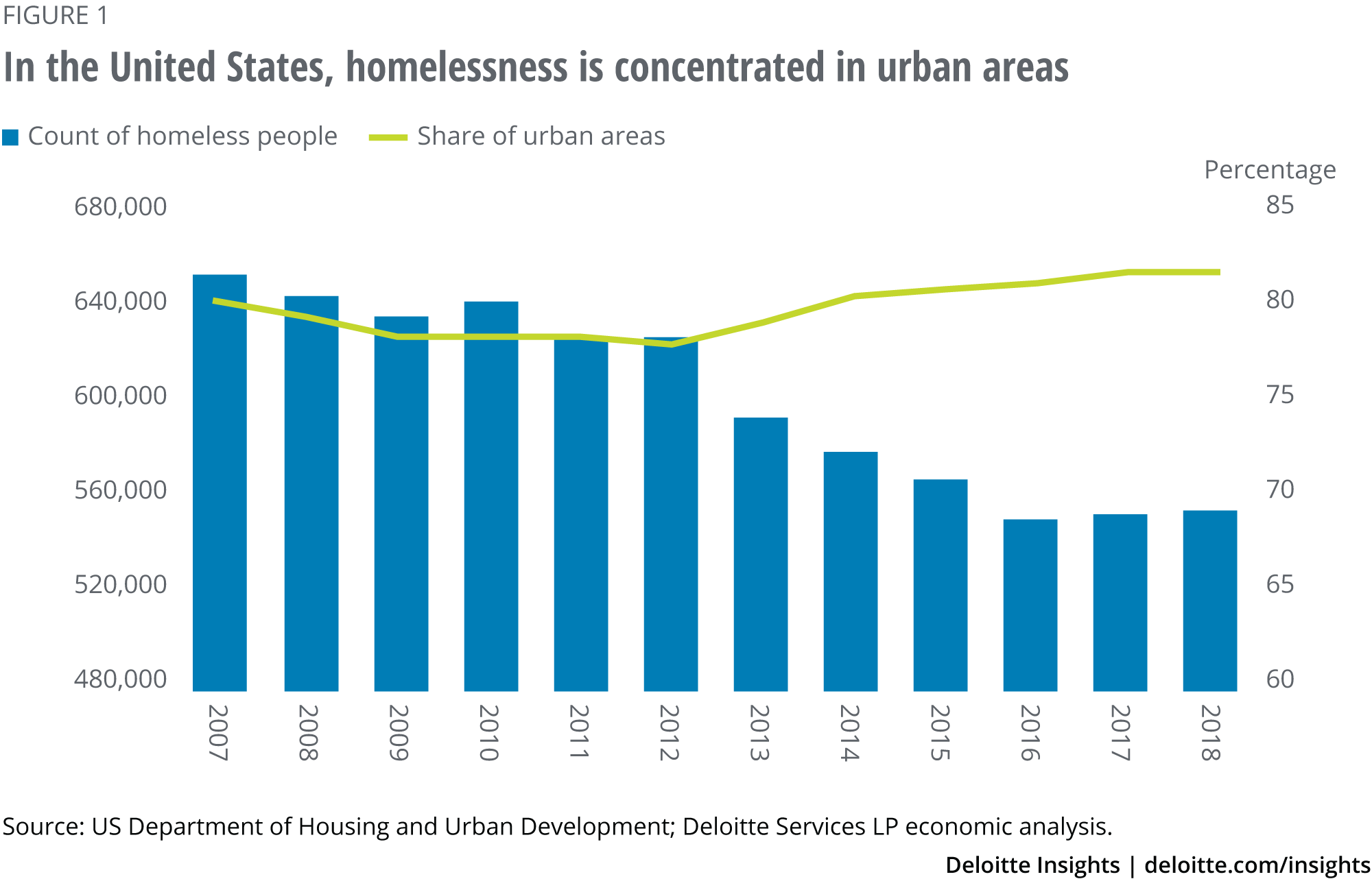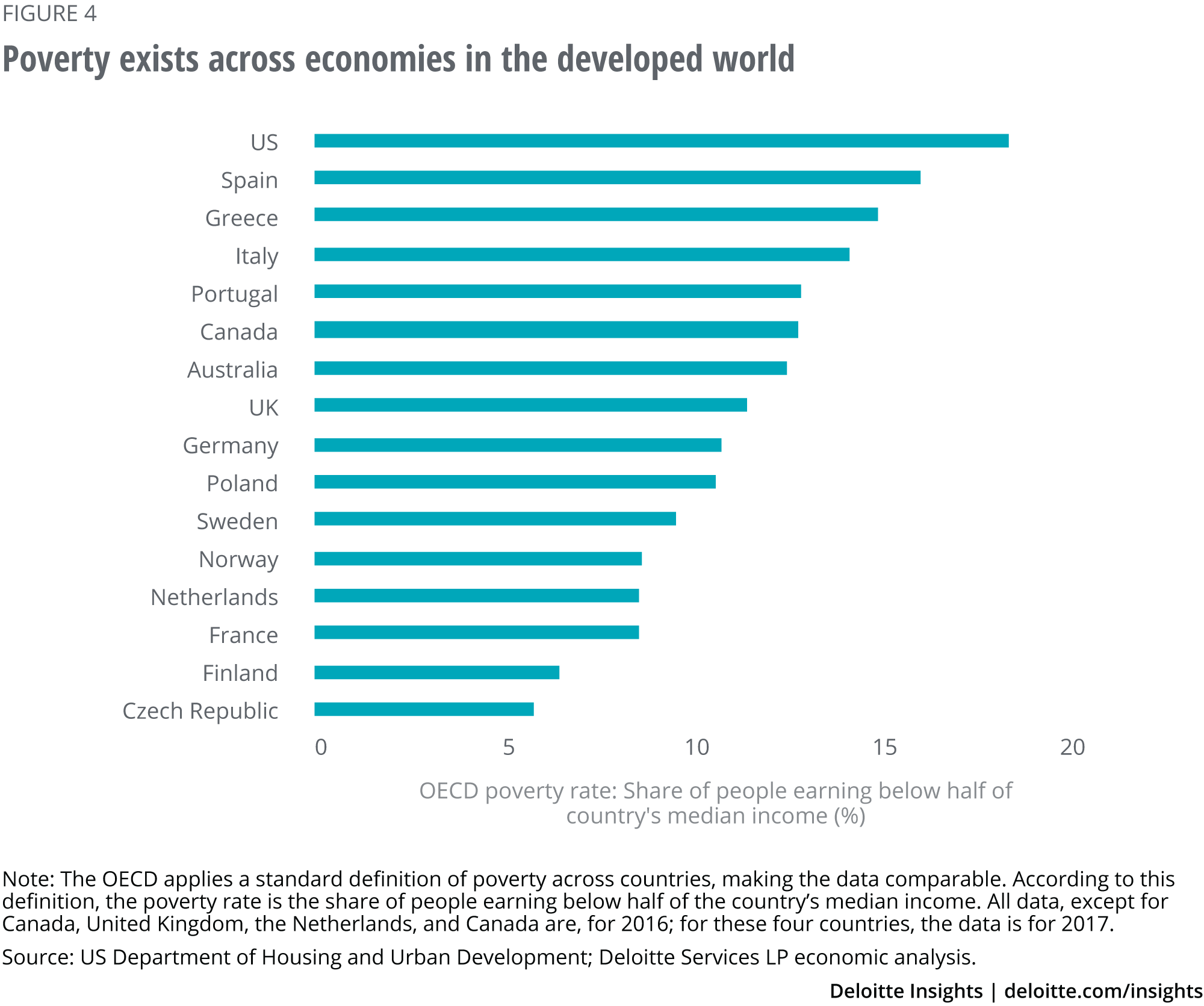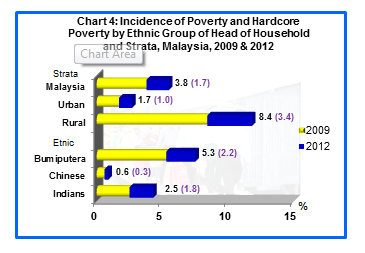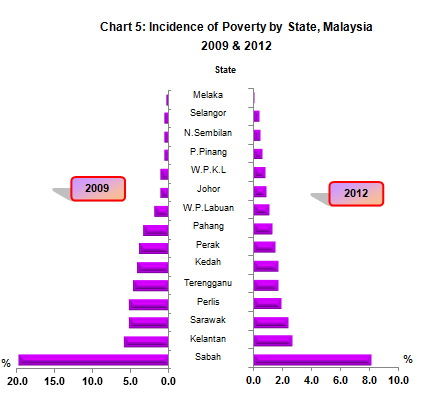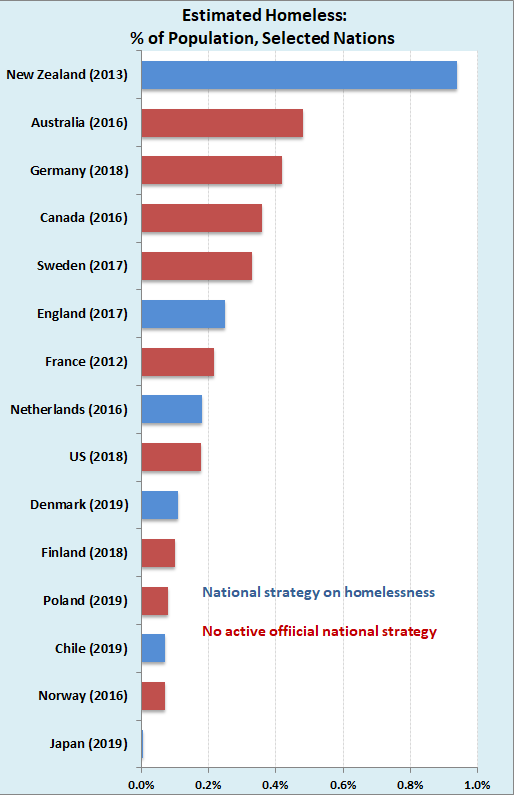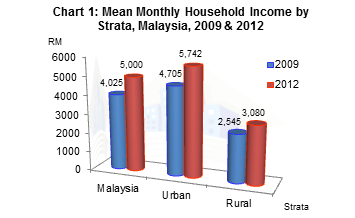Statistics Of Homelessness In Malaysia 2019

Following hud s guidance and data driven evidence and best practices local planners are increasingly relying upon interventions to move families into permanent housing more quickly and at lower cost.
Statistics of homelessness in malaysia 2019. In 2005 the world homeless population was estimated to be 100 million but depending on definitions could be as high as 1 6 billion hamad 2017. Pdf quick facts 2016 malaysia educational statistics. Department of statistics malaysia block c6 complex c federal government administrative centre 62514 putrajaya tel. Share of population older than 65 years in malaysia from 2015 to 2019 graph.
According to recent statistics from the world health organisation as of 2016 a total of 4 710 malaysians 2 380 between 30 and 69 years old 2 330 ages 70 and up experienced diabetes related deaths while 13 150 malaysians 6 490 between 30 and 69 years old 6 660 ages 70 and up experienced deaths attributable to high levels of blood glucose. For malaysia there are no official statistics. Homelessness statistics by state the map below shows state level estimates of individuals and families experiencing homelessness based on. 03 8885 7000 fax.
In january of 2019 there were 53 692 family households with children experiencing homelessness a decline of five percent between 2018 and 2019 and 32 percent between 2007 and 2019. Mycensus 2020 portal portal banci 2020. Department of statistics official portal portal rasmi jabatan perangkaan malaysia. Department of housing and urban development.
You can explore the country s broader digital landscape in our complete digital 2019 malaysia report below but read on for a closer look at all the latest ecommerce data and insights. 19 feb 2019. This article contains a number of updates to statistics featured in the report above. Homelessness is not just a lack of housing problem.
Homeless world cup foundation 2018. Their needs and welfare deserve to be considered alongside others as we work towards regenerating malaysia s inner cities. Lack of data including person specific data hinders prioritising services for those.

